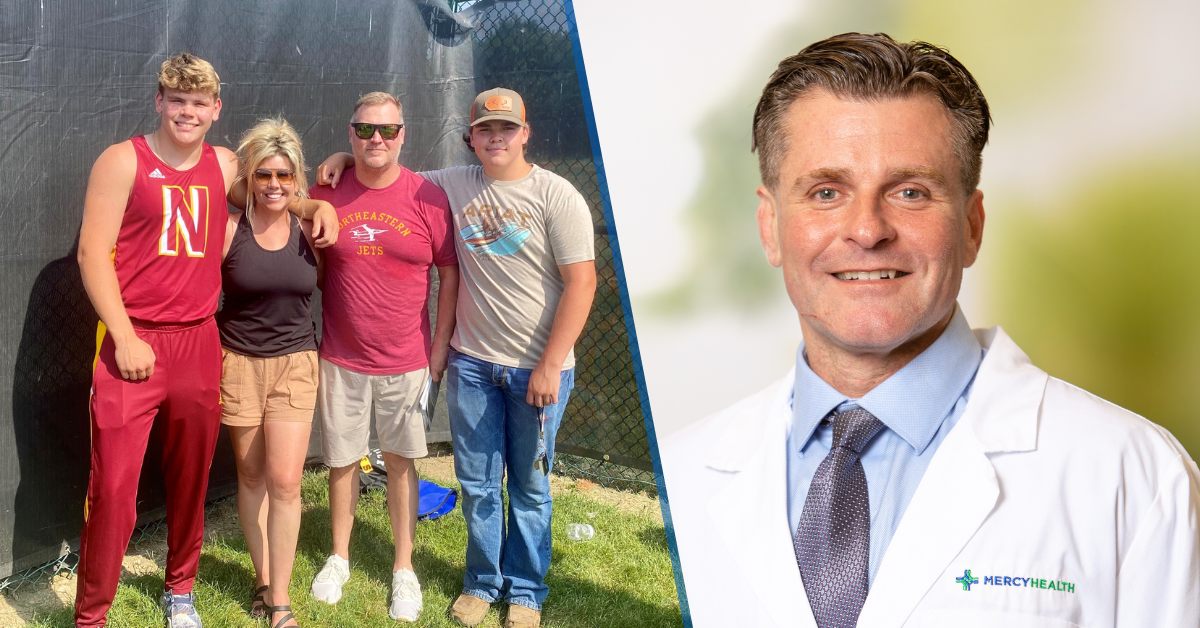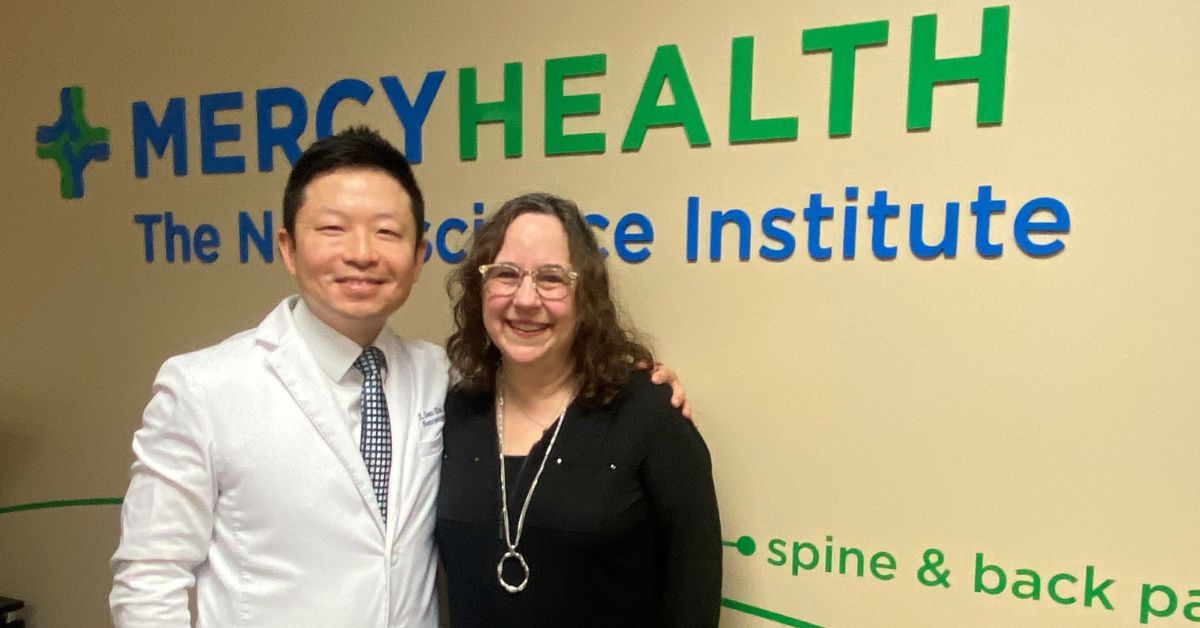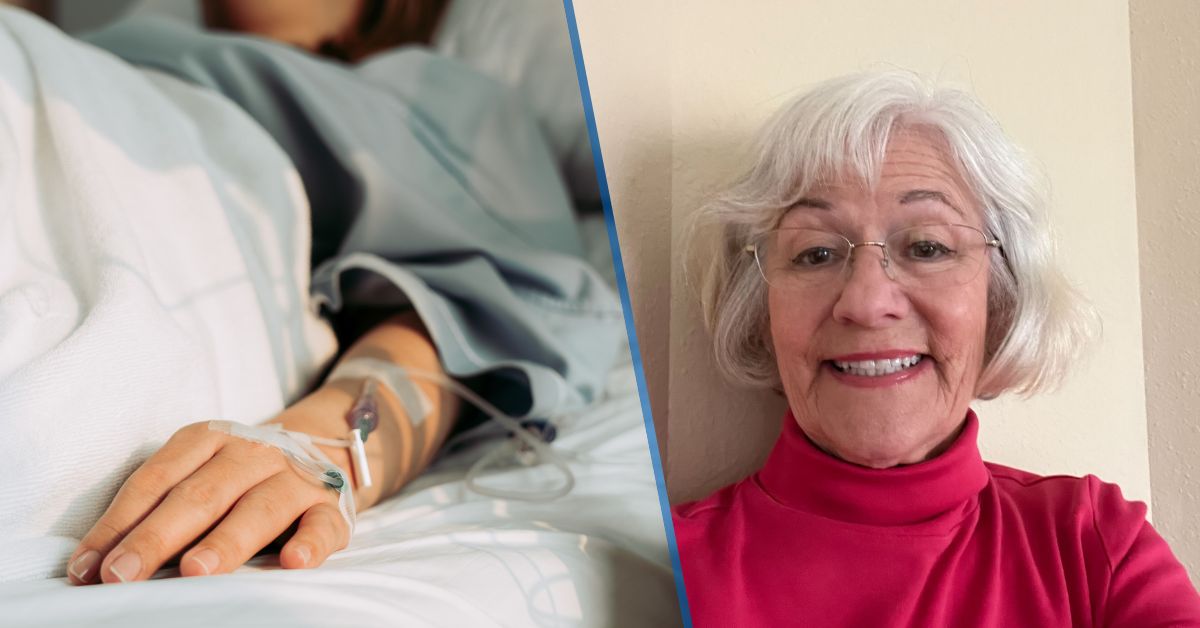After suffering from benign prostatic hyperplasia for three years, Mike McDonough, 65, was longing for relief.
Benign prostatic hyperplasia, commonly referred to as BPH, is a urological condition characterized by an enlarged prostate. As men age, the prostate goes through periods of growth. As the prostate grows, it can block urine flow and cause other issues such as bladder, kidney or urinary tract infections.
Mike had a previous procedure that did not provide relief from his symptoms, which included trouble urinating and getting up many times in the night to address the feeling of an urgent need to urinate. Tired of these symptoms, Mike decided he should explore all of his options for relief.
After searching online, Mike discovered Aquablation therapy, an advanced, minimally invasive treatment that uses the power of water delivered with robotic precision to provide long-lasting symptom relief. Aquablation therapy is performed by a urologist trained to use the AquaBeam Robotic System, the first surgical robot the FDA has cleared to treat lower urinary tract symptoms due to BPH. It combines imaging, automated robotic technology and heat-free waterjet technology for targeted, controlled and immediate removal of prostate tissue.
“I found that the nearest doctor offering Aquablation was in Indiana on the Ohio River,” Mike shares.
Mike lives in Cincinnati, Ohio, so he would have to travel a long distance to receive this treatment. Despite this, Mike felt very strongly about wanting to improve his quality of life.
“I was going to go there to have it done,” Mike says. “I set up a video visit with the surgeon who told me that he had just trained Aaron Bey, MD, (pictured above, right) who would now be offering the treatment in Cincinnati.”
Dr. Bey is a urologist with The Urology Group who specializes in robotic surgery. He also serves as the chief of surgery at Mercy Health – Anderson Hospital. In fact, Anderson Hospital is the only hospital that offers Aquablation therapy within a 120-mile radius of its location.
“Aquablation can treat patients with the largest of prostates and is a valuable tool for the right patient to have improved quality of life after suffering from enlarged prostate symptoms,” Dr. Bey shares.
Mike was still very interested in this procedure and was excited he could now receive this care closer to home.
“On paper, it seemed like such a good idea to me,” he says.
He made an appointment with Dr. Bey who determined Mike would be a good candidate for Aquablation.
“A good candidate for Aquablation is a patient with urinary symptoms due to a large prostate.” Dr. Bey explains. “Aquablation is especially appropriate for patients who want to preserve sexual function.”
Mike was Dr. Bey’s first patient to receive Aquablation therapy.
“Patients treated with Aquablation have general anesthesia and are kept in the hospital overnight with a catheter,” Dr. Bey says. “Most patients have the catheter removed the next day. They may have some blood in their urine off and on and symptoms will gradually improve.”
And Mike adds, “Aquablation therapy is miles ahead of the old way. My experience was very easy. I felt better right away, and the recovery process was hardly painful. I felt I was fixed in a day or two. This was 100,000 times better than my previous procedure.”
Mike had a follow-up appointment with Dr. Bey three weeks after his treatment and was excited to share that he was feeling terrific. Mike is also extremely grateful to have received this treatment from Dr. Bey at Anderson Hospital.
“Thanks a million to the care team at Mercy Health,” Mike shares. “Because of this treatment, I’m normal again.”
He also has a message for anyone who is experiencing symptoms of BPH: “Run, don’t walk to get this treatment.”
Learn more about the urology services we offer at Mercy Health.






